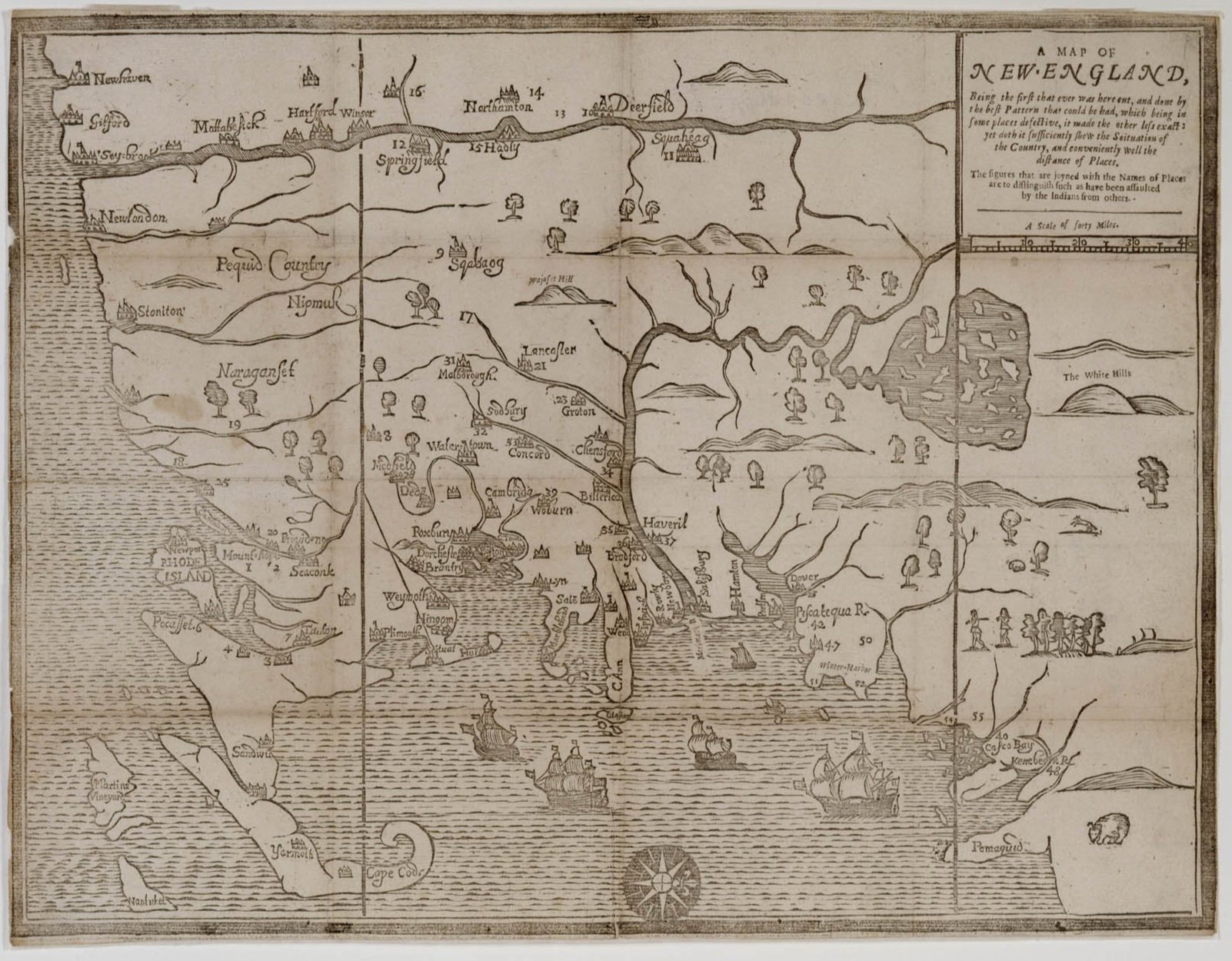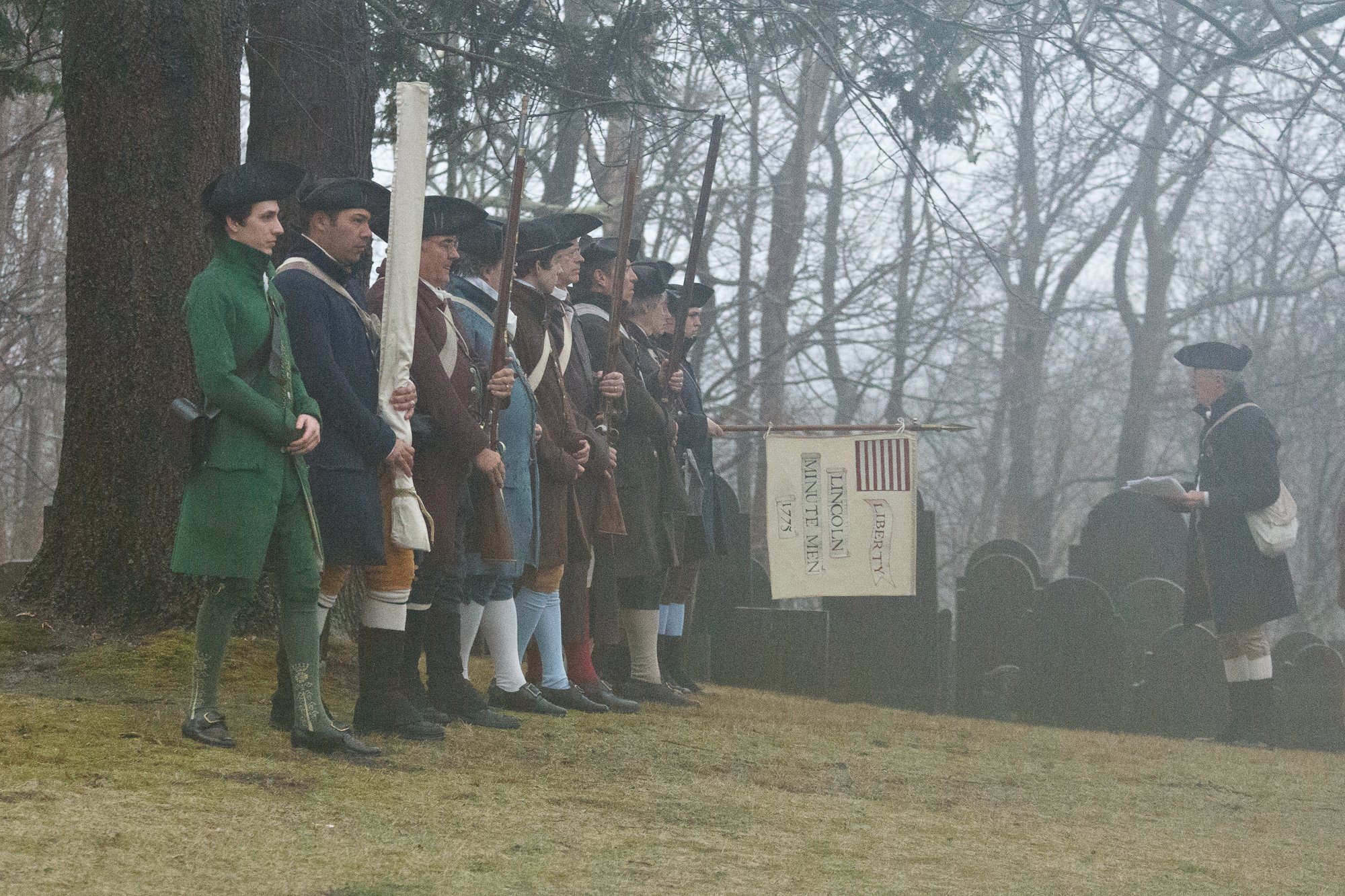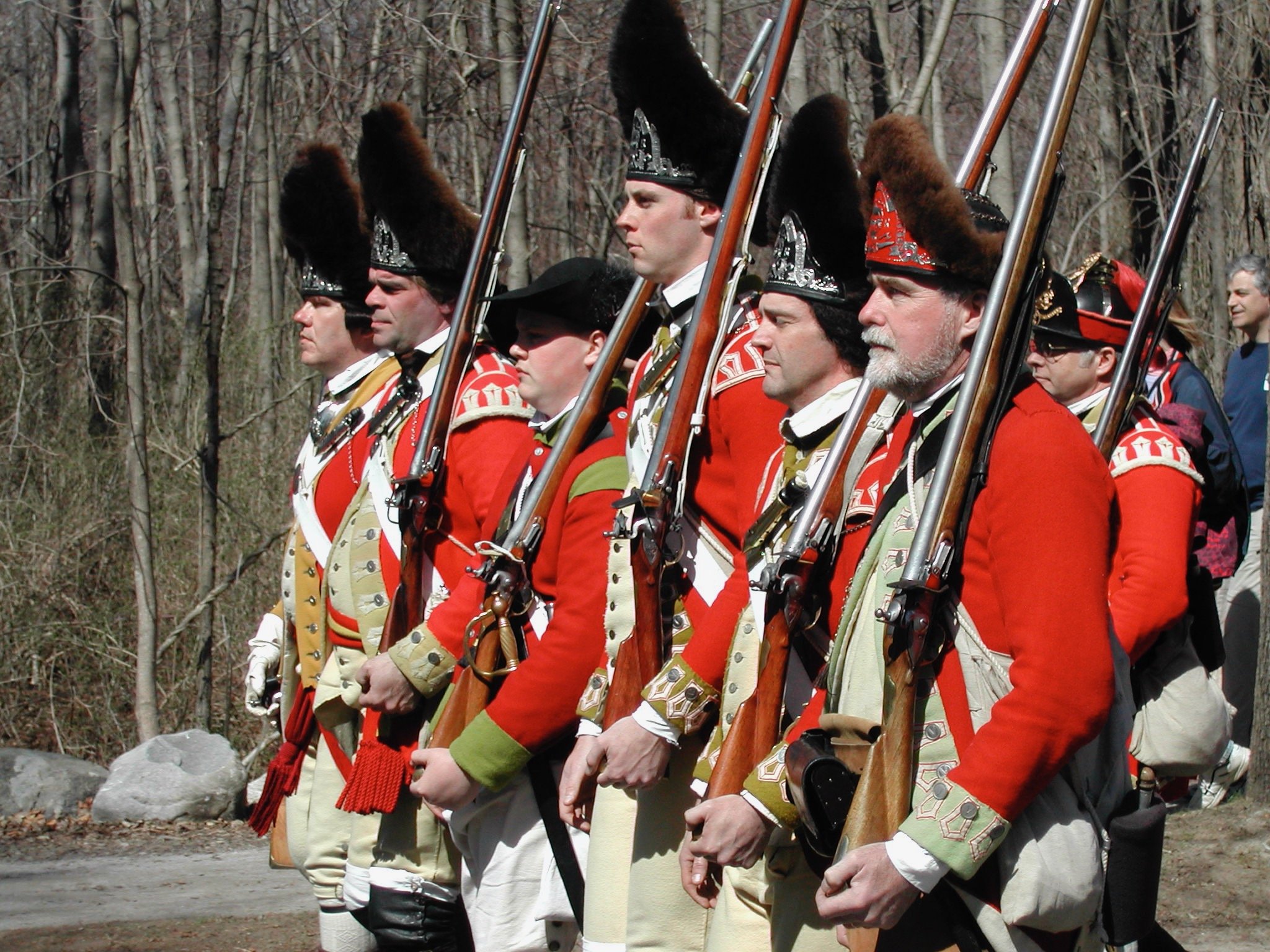Our Mission
The purpose of the Lincoln Historical Society is to stimulate and deepen an appreciation of the history of the Town of Lincoln.
We seek to engage fellow citizens in learning about our past through programs, publications, special events, and research projects, and we seek to discover, collect, and preserve materials that are of historical significance to the Town.
We believe history is made every day, and we all participate in its creation.
Did You Know…

Upcoming Events
Explore the LHS Archive
Lincoln’s First Inhabitants
The earliest people to walk the forests and fields of Lincoln were hunters and gatherers from settlements in the Shawsheen River basin, some six to seven thousand years ago.
The descendants of these peoples had their first contact with European ships more than a century before Europeans settled in Massachusetts. That contact brought diseases which decimated the native population.
When the first European settlers of Concord and Lincoln arrived, they signed an agreement with the local Massachusett tribe, allowing them to occupy the land. But it is doubtful the two sides understood that agreement in the same way.
Read more about the original inhabitants of this region and what is known about their life in Lincoln.
Colonial Period
The founding of Lincoln was a process marked by determination, debate, and the pursuit of independence.
In the mid-1700s, the town’s settlers fought for autonomy against obstacles such as poor roads, heavy taxes, and religious tensions. Despite these struggles, Lincoln grew quickly, and by the eve of the American Revolution, it had a population of 800, half of them children. The town’s economy thrived through farming, with the labor of enslaved Black residents playing a key role in its early success.
Lincoln’s fight for independence and identity mirrored the broader struggles of colonial America, culminating in its official incorporation in 1754. Today, the town’s history reflects both the ambition of its early settlers and the complex realities of its growth.
Want to dive deeper into the story of Lincoln's early days? Explore archived documents and fascinating details of its founding.
Revolutionary War
In 1775, Lincoln became a pivotal site in the opening hours of the American Revolution.
Paul Revere’s famous ride came to an abrupt halt when he was captured by British patrols within town boundaries, just as Lincoln’s Minute Men prepared to fight. The town’s patriots fought fiercely during the skirmish at Elm Brook Hill, one of the most intense engagements on April 19th.
More than 180 Lincoln residents joined the fight for independence, serving in key battles like Saratoga and Yorktown. In the midst of this struggle, Brigadier General Eleazer Brooks emerged as an unlikely hero, leaving a lasting legacy on the revolution.
Lincoln’s steadfast support for the cause of liberty made a profound mark on the course of American history.
Learn more about the crucial events that unfolded in Lincoln during the Revolutionary War, and discover rare documents, maps and photos of sites. Click through for more.
Revolutionary War to Civil War
Between the Revolutionary War and the Civil War, Lincoln underwent dramatic economic and social transformations.
Family farms expanded, linked to regional markets by new roads and the emerging railroad. By the mid-1800s, Lincoln had evolved into a suburban haven for city dwellers, aided by the new infrastructure and investment in education.
As the nation edged closer to civil war, the town firmly aligned with the anti-slavery movement, with more than forty of its residents joining the Union army. The community’s commitment to social reform and progress laid the foundation for its role in the broader national conflict.
Lincoln’s shift toward modernization, including the separation of church and state, helped define its evolving identity in this transformative era.
Want to see how Lincoln navigated the road to the Civil War? Explore more of the town’s historical evolution, including samples from Lincoln’s archives.
Civil War to 1900
The years between the Civil War and 1900 marked a period of both continuity and change for Lincoln.
While the town's direct involvement in the war was limited, its support for the Union cause and the larger national effort remained strong. The next few decades brought the town closer to the modern world, with the construction of important landmarks like Bemis Hall and the Stone Church. New technologies, including electricity, telephone service, and electric street lights, started to shape everyday life.
The arrival of these conveniences, along with the founding of the public library in 1870, marked the town's gradual entry into the modern era. However, with growth came challenges, as immigration and infrastructure projects like the Hobbs Brook Reservoir began to reshape Lincoln’s landscape and demographics.
Curious about how Lincoln adapted to the modern world? Explore selections from Lincoln’s archives and see how the town transformed during this exciting period.
Early Twentieth Century
By 1900, Lincoln’s rural character was threatened by industrialization, but the town held firm, with residents protecting its land and zoning laws.
The Great Depression had little impact thanks to its agricultural economy, while two World Wars sparked change. New estates and cultural landmarks like the Codman House and DeCordova Museum solidified Lincoln’s identity as a place of quiet beauty and historical significance.
Explore how Lincoln managed to preserve its rural charm amidst rapid change.
Explore how Lincoln managed to preserve its rural charm amidst rapid change.
Mid-Twentieth Century to Present
Post-WWII, Lincoln saw a population boom, driven by new highways and suburban development, including the Brown’s Wood community.
The town responded with zoning laws and a commitment to conservation, preserving 42% of its land. New schools were built to accommodate growth, and Lincoln-Sudbury Regional High School opened in 1956.
Today, with a population of about 6,400, Lincoln continues to balance growth with its rural, agricultural roots and commitment to open space. Discover how the town has evolved while maintaining its small-town essence.

















